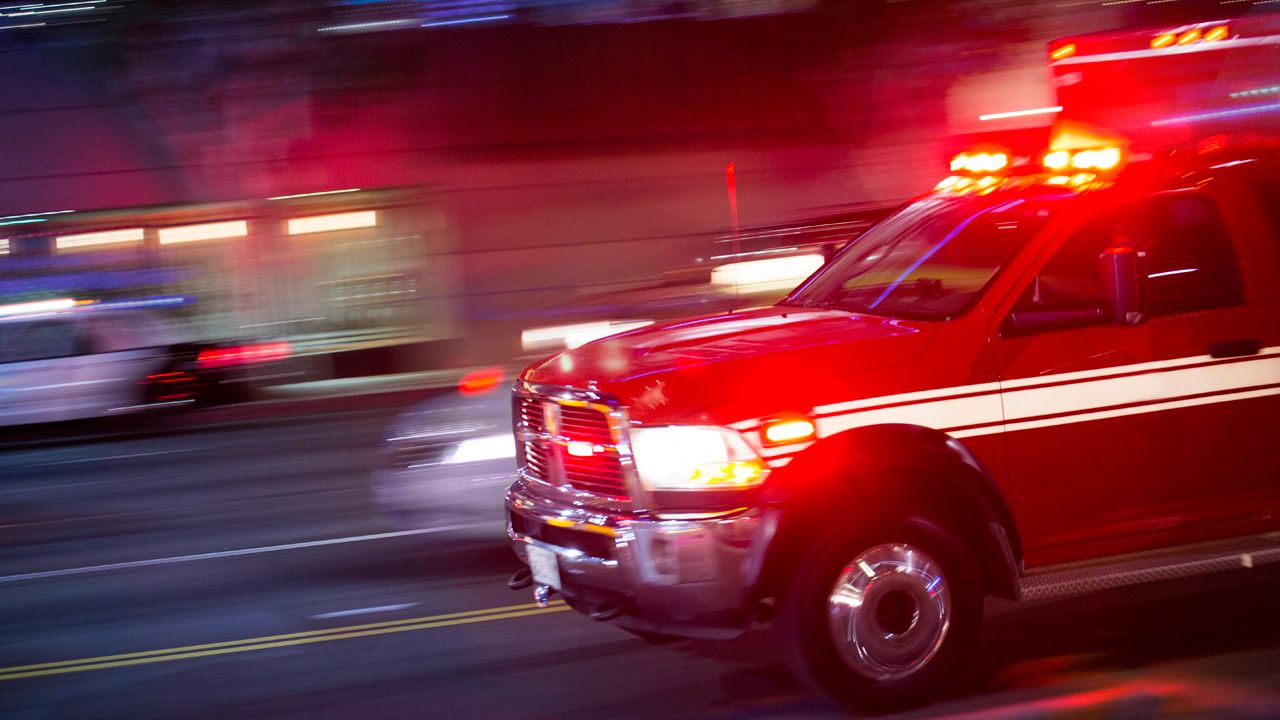State aid is needed to support struggling emergency medical services around New York, lawmakers on Tuesday said, as they introduced legislation meant to bolster providers.
The legislation, backed by state Assemblywoman Anna Kelles and state Sen. Michelle Hinchey, dovetails with provisions proposed by Gov. Kathy Hochul earlier this year, which included statewide protocols, a coordinated reponse system and attracting new EMS workers and volunteers.
But for those measures to work, money from the state is needed, lawmakers said.
The bill introduced by Kelles and Hinchey would create a state aid plan for emergency medical services that is modeled after the existing highway and road funding program known as the Consolidated Local Street and Highway Improvement Program. The 40-year-old CHIPS program has provided direct funding to local governments for road maintenance based on a formula meant to approximate roadway miles under a community's jurisidiction.
“Emergency Medical Services are critical to saving lives and providing medical care to people across the state, especially in rural areas where access to hospitals and routine doctor’s visits may be hours away” Kelles said. “But the costs of providing this essential service is unsustainable for local governments, especially in remote communities with a lower population density, that incur higher costs per mile."
EMS teams have on the local level over the years evolved into frontline emergency health care, essentially becoming mobile emergency rooms. But many services, especially in rural areas of the state, have been stretched thin in recent years, struggled to retain staff and faced financial problems.
“Our emergency medical services are the frontline of healthcare in communities across the state, providing the safety net that people in medically-underserved communities rely on," Hinchey said. "Many, however, have been pushed to the breaking point with compounding issues, from the lack of steady funding to workforce and geographic challenges, and it is incumbent upon us as a state to elevate real solutions that will keep this lifesaving healthcare service available where it is needed most — serving rural communities."



